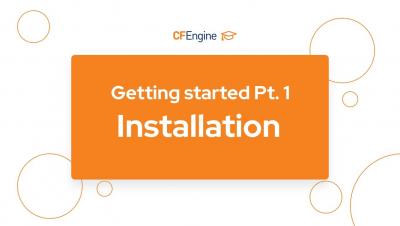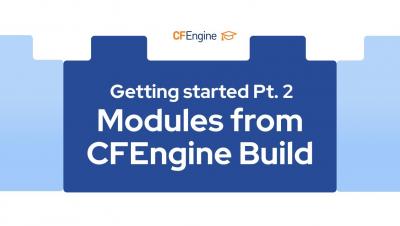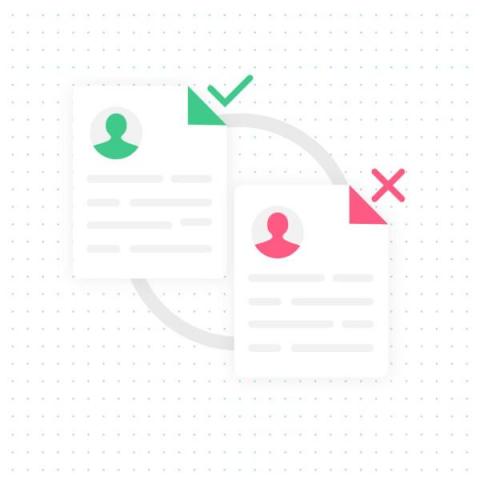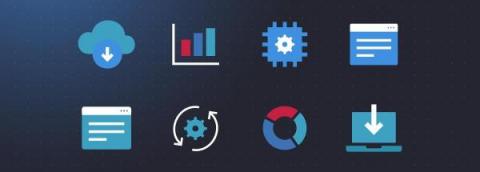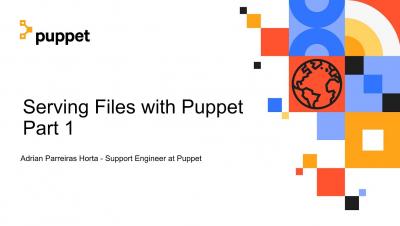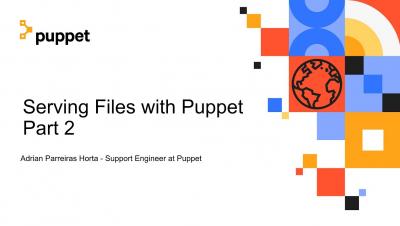Operations | Monitoring | ITSM | DevOps | Cloud
Automation
Getting started with CFEngine Pt. 2 - Modules from CFEngine Build
Getting started with CFEngine Pt. 3 - Reporting & Web UI
The evolution of Puppet community
Many of you know me from my various community-facing roles during my tenure at Puppet. I'm now taking on some new challenges as our Community and Developer Relations Lead and I'm thrilled about it. I'm definitely not the first to say this, but Puppet's community is truly incredible. The level of engagement, commitment, and collaboration never ceases to astound me. When someone new shows up in our Slack, there's always a helpful suggestion or a link to docs or a Forge module that helps solve a problem.
Getting started with CFEngine Pt. 2 - Modules from CFEngine Build
What Is Identity Lifecycle Management?
If you help to manage cloud environments, you’re probably familiar with the concept of identity lifecycle management. Identity lifecycle management helps you keep track of who is allowed to do what within your cloud. But merely understanding identity lifecycle management isn’t enough to administer modern cloud identities effectively. You also need a way to automate identity lifecycle management at massive scale.
Five Essential Ticketing Automations to Get You Started
Like all Ninja products, Ninja Ticketing gives users many opportunities to save time through automation. Setting up automations against a tabula rasa can be a daunting task when first getting started with ticketing. We wrote this blog post to help new users get started with common, helpful automations you can use from day one. This guide will provide step-by-step explanations and screenshots to show how to set up these automations.
Seamlessly Secure Your Cloud Workloads
You’ve secured your cloud identities. You’ve hardened your cloud security posture. You’ve configured strong cloud access controls. But there’s still one more thing you need in order to secure your cloud environment: a cloud workload protection platform, or CWPP. Cloud workload protection platforms secure the workloads that run on your cloud — which are distinct from the infrastructure, user identities and configurations that form the foundation of your cloud environment.


